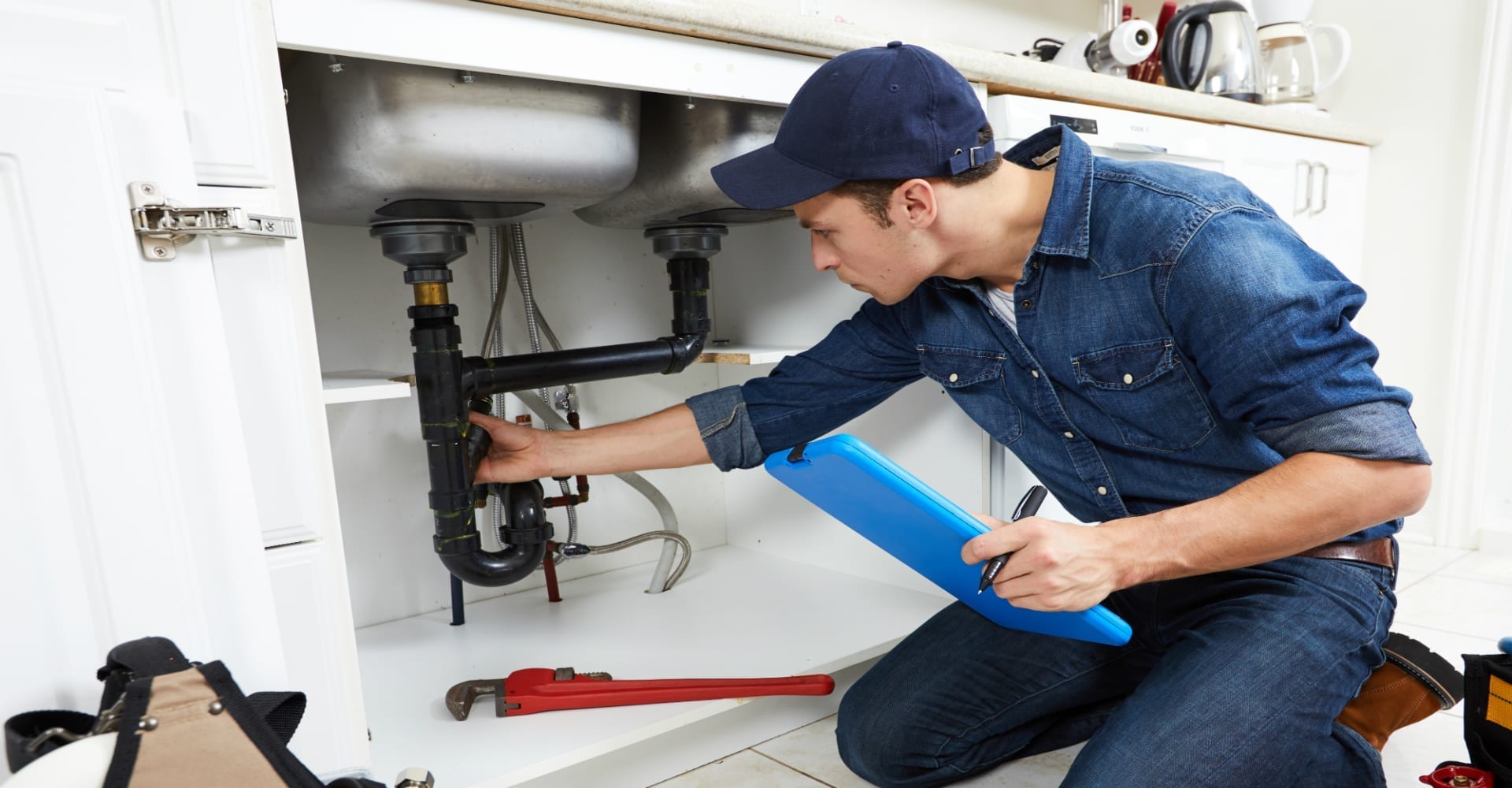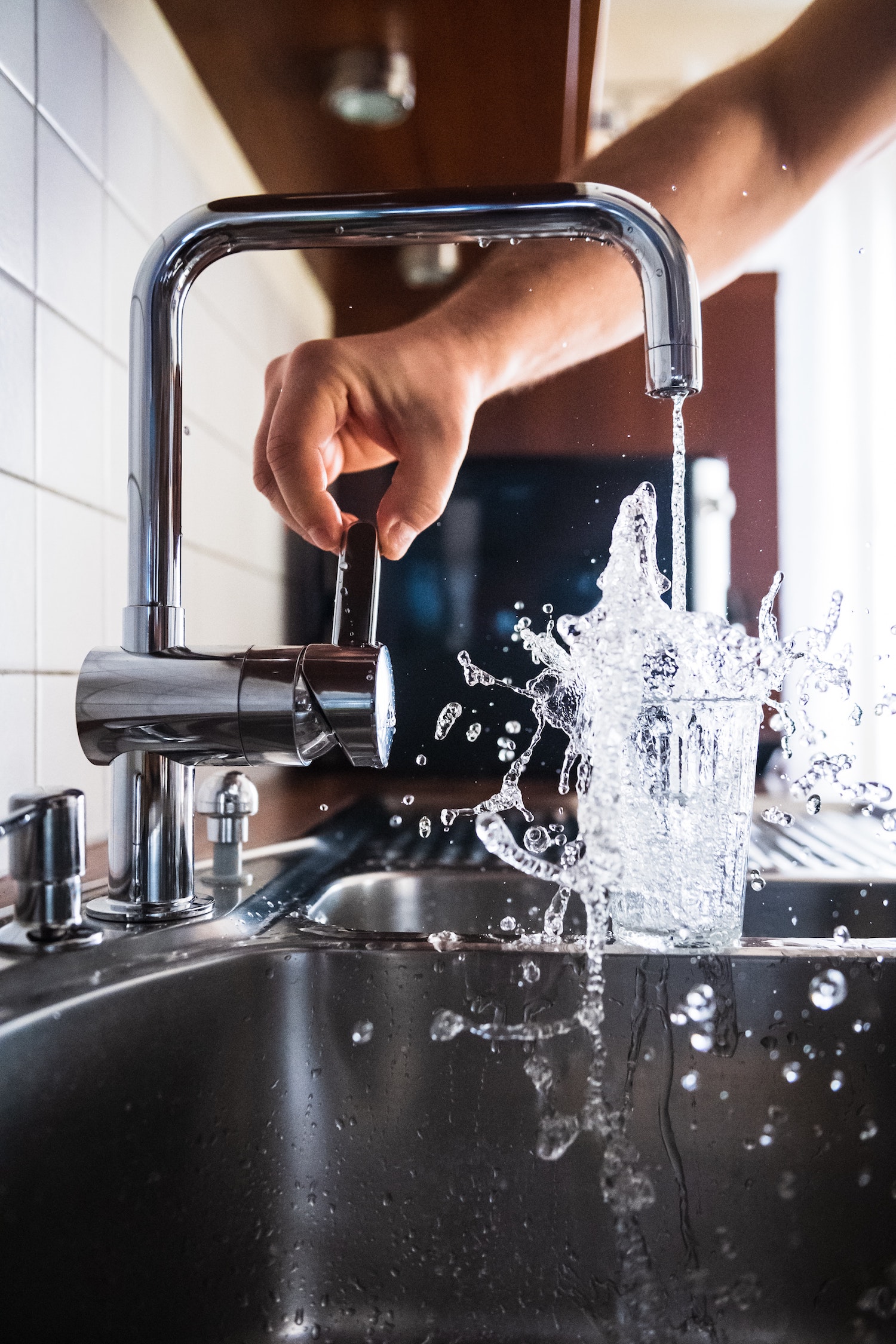Mastering Pipe Winterization: Five Key Hacks to Use in Frigid Temperatures
Mastering Pipe Winterization: Five Key Hacks to Use in Frigid Temperatures
Blog Article
We have uncovered this article relating to How to Prevent Frozen Pipes down the page on the web and concluded it made perfect sense to write about it with you on my blog.

All home owners that live in pleasant environments must do their ideal to winterize their pipelines. It is something you should do throughout autumn before deep wintertime really starts. Failing to do so can spell calamity like frozen, fractured, or burst pipelines. Right here are some useful winterizing hacks to maintain your plumbing system safeguarded even if the weather outside is shocking.
Turn On the Faucets
When the temperature level drops as well as it appears as if the frigid temperature level will certainly last, it will assist to turn on your water both indoors and also outdoors. This will maintain the water moving with your plumbing systems. In addition, the motion will reduce the freezing process. Especially, there's no need to turn it on full blast. You'll end up squandering gallons of water in this manner. Rather, aim for regarding 5 declines per min.
Open Up Cupboard Doors Hiding Plumbing
When it's cool outside, it would be useful to open up closet doors that are camouflaging your pipes. They could be someplace in your kitchen area or washroom. This will certainly permit the cozy air from your heating system to flow there. As a result, you prevent these exposed pipes from cold. Doing this tiny method can maintain your pipelines cozy and also restrict the possibly harmful results of freezing temperatures.
Take Some Time to Wrap Exposed Pipeline
One simple and great hack to heat up icy pipes is to cover them with cozy towels. You can also make use of pre-soaked towels in hot water, just do not fail to remember to wear safety gloves to safeguard your hands from the warm.
Try a Hair Dryer or Warm Gun
When your pipelines are almost freezing, your trusty hair dryer or warm weapon is a godsend. If the hot towels do not assist remove any kind of settling ice in your pipes, bowling hot air straight into them may assist. You might end up harmful your pipelines while trying to melt the ice.
Turn off Water When Pipelines are Frozen
If you discover that your pipes are totally icy or almost nearing that stage, turn off the primary water valve instantly. You will normally locate this in your cellar or laundry room near the heater or the front wall closest to the street. Turn it off today to prevent further damage.
Don't fail to remember to close outside water resources, also, such as your connection for the yard residence. Doing this will certainly protect against added water from filling up your plumbing system. Sadly, with more water, more ice will pile up, which will eventually lead to rupture pipes. It is best to call a professional plumber for an inspection if you are not sure about the state of your pipes this winter months. Taking this positive method can save you hundreds of dollars out of commission.
All homeowners that live in pleasant environments should do their best to winterize their pipelines. Failure to do so can spell calamity like icy, broken, or burst pipelines. If the hot towels do not aid remove any working out ice in your pipelines, bowling hot air directly right into them may aid. Turn off the main water valve quickly if you observe that your pipes are entirely frozen or virtually nearing that stage. With more water, even more ice will load up, which will ultimately lead to burst pipelines.
PREVENT YOUR PIPES FROM FREEZING THIS WINTER
A Leading Cause of Property Damage
When the weather is taking a deep nose dive into the cold dreary days, the risk of your pipes freezing and potentially bursting skyrockets. Unfortunately, during these cold dreary months, burst pipes are the most common denominator for property damage. The pipes that are most at the risk are those that are in areas where it is most cold in your home. For instance, pipes located in interior places such as basements, attics, and your garage. Unfortunately, that doesn’t mean that the pipes running through your cabinets or exterior walls can’t freeze. Good news, however, is that you can do things to help prevent pipes from freezing.
How to Prevent Pipes From Freezing
Once the temperature starts to drop during the winter, you should be taking the proper measures needed to ensure that your pipes stay warm and that there is circulation of water through them. Some steps that experts may recommend could go against your better judgement when it comes to saving water and heat. However, it would go without saying that when expenses are compared, damaged pipes could put a bigger dent in your wallet than a water bill.
What Can I Do?
Keep your garage door closed. This is very important, especially if you have water supply lines running through your garage. Open your kitchen and bathroom cabinets to allow warm air to circulate through them. Allow air circulation throughout your home. Keeping the interior doors open will once again allow the warm air to circulate inside your home. Ensure your thermostat is running the same temperature throughout the night and day. If you plan to be away from home during the cold months, set your temperature no lower than 55° F. This should provide enough heat to keep the pipes warm and prevent any remaining water inside the pipes from freezing. For more of a long-term solution, add insulation to attics, basement, and other crawl spaces around your home. By allowing your faucet to drip, it will alleviate pressure in the system. This is important because the pressure that is created between the blockage and the faucet can potentially cause the pipes to burst. Allowing the faucet to drip will prevent the pressure from building up, therefore keeping the pipes from bursting. Seal any cracks, openings, and crawl spaces around your home to prevent cold air from coming inside. This keeps your pipes-not to mention your home-warmer and less susceptible to issues caused by freezing temperatures. For the pipes in your home that are easily accessible, applying electrical tape to them might prevent them from freezing over. This is a quick fix, as you can apply the tape directly to the pipe. There are two options for heating tapes. One turns on and off by itself when it senses heat is needed. The other type of heating tape needs to be applied when heat is needed and removed when not necessary. If you have exposed pipes in your home, you can check this website to take a look at a few options that would be available at a shop near you.

We hope you enjoyed reading our part about How to Prevent Frozen Pipes. Thanks a ton for finding the time to read through our piece. Sharing is nice. Helping others is fun. I am grateful for your time. Don't hesitate to check our blog back soon.
Click Here Report this page